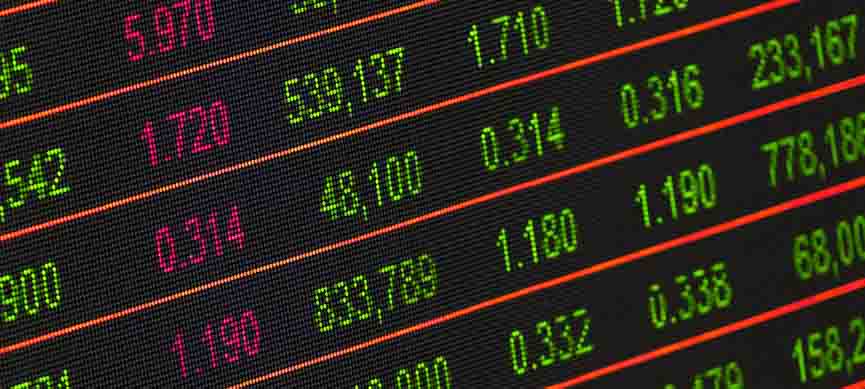- Forex Brokers
Best Brokers
- Guide
- Education
- Forex Software
- Tools
- News
- Forex Brokers
Best Brokers
- Guide
- Education
- Forex Software
- Tools
- News

Story Highlights
The foreign exchange market, often abbreviated as forex or FX, is a colossal financial arena where currencies are traded incessantly. But how do we quantify these minuscule shifts in value? The answer lies in the concept of pips, an unassuming term that carries immense significance in the world of forex. This article delves into the intricacies of pips, exploring their role in measuring currency movements, their importance in trading strategies, and their limitations in extreme circumstances.
Imagine a scenario where a ruler measures distance in kilometers. While effective for vast stretches, it wouldn’t be ideal for gauging the millimeter-precise adjustments needed by a carpenter. Similarly, in the fast-paced environment of forex, traditional units of measurement prove inadequate. Enter the pip, a term standing for “percentage in point” or “price interest point.” It represents the smallest possible change a currency pair can experience.

Conventionally, forex quotes display prices with four decimal places. The pip, residing at the very end, signifies a value of 0.0001. To illustrate, a movement in the EUR/USD exchange rate from 1.1009 to 1.1010 translates to a one-pip change. This minuscule unit allows traders to track these minute fluctuations with remarkable precision.
The dynamism of the forex market is undeniable. Prices fluctuate continuously, rendering larger units of measurement impractical. Pips empower traders to track these movements with pinpoint accuracy. Their significance extends beyond simply measuring price changes. They play a vital role in calculating the bid-ask spread, a fundamental concept in forex trading.
The bid-ask spread represents the difference between the price a buyer is willing to pay (bid price) and the price a seller desires (ask price). This spread, often just a few pips wide, constitutes the profit earned by the forex broker facilitating the trade. By understanding pip movements and the bid-ask spread, traders can formulate informed decisions about entering and exiting positions in the market.
While pips are undeniably essential tools in the forex trader’s arsenal, their applicability has limitations. In scenarios of extreme inflation, where currency values erode at an alarming rate, pips become less meaningful. Imagine a situation where exchange rates move by hundreds or even thousands of points daily. Tracking such significant changes using pips becomes cumbersome and impractical.
A historical example that exemplifies this limitation is the hyperinflation experienced by Zimbabwe in 2008. During that period, monthly inflation rates soared beyond 79 billion percent. In such a scenario, pips simply couldn’t keep pace with the runaway devaluation of the currency. The ability of pips to accurately measure price movements becomes compromised when faced with such hyperinflationary episodes.
The forex market, with its complexities and intricacies, might seem daunting at first glance. However, grasping the concept of pips is a crucial first step towards navigating this world. These seemingly insignificant units are the building blocks for measuring the vast movements of money across the globe. By understanding how pips function, traders can equip themselves with the tools necessary to navigate the dynamic landscape of the forex market.